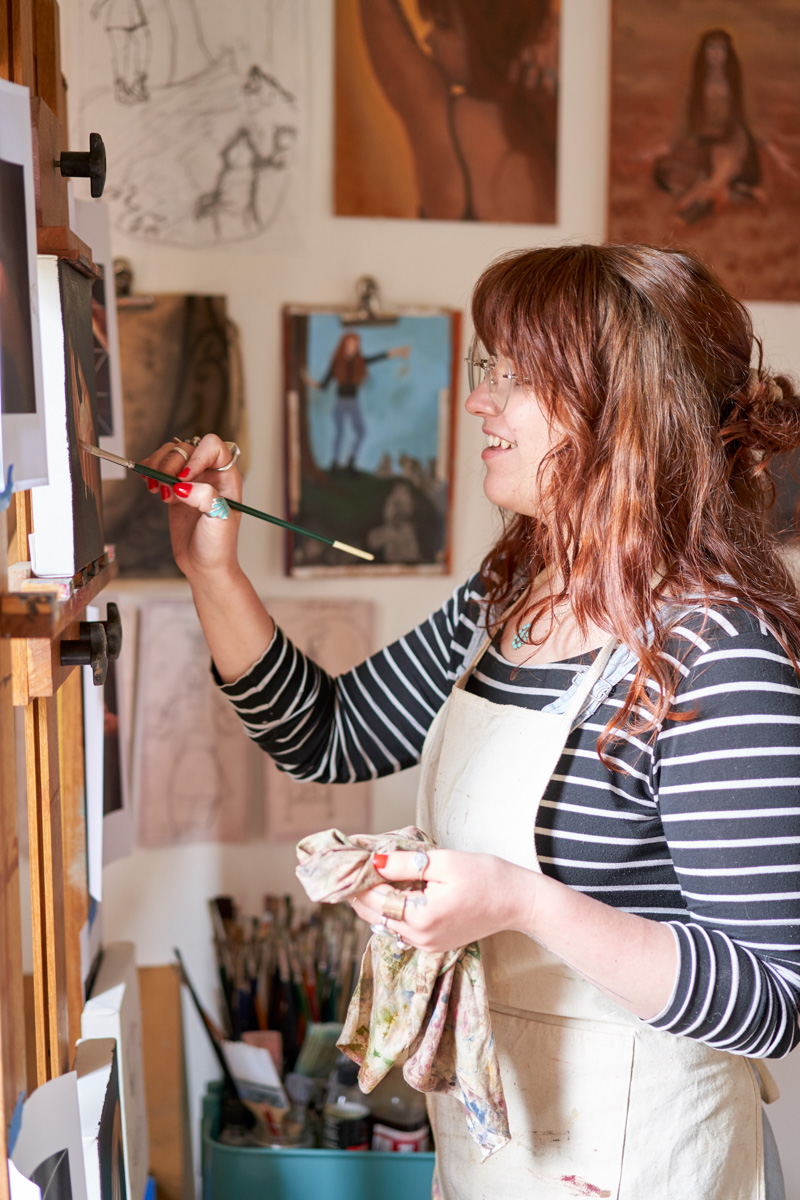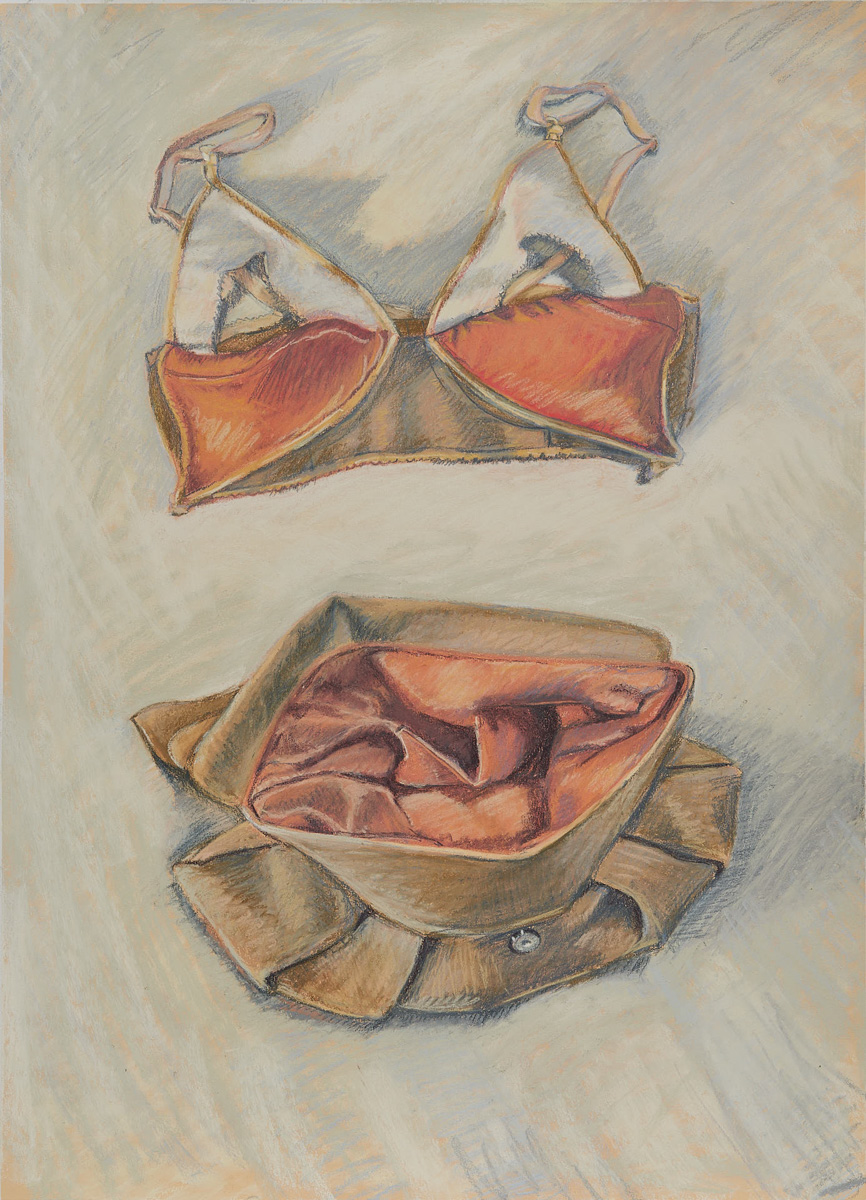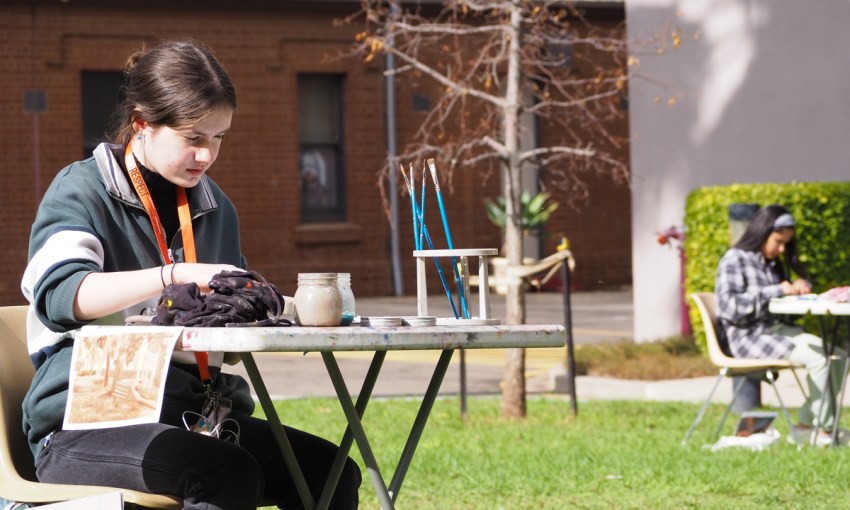As Adelaide Central School of Art celebrates its 40th anniversary, it remains as singular and important as it was on the day it was founded by artists Rod Taylor and Heather Nicholson.
Forty years of connection, community and creativity
“It was really about being an alternative art school – about offering serious tuition for people wanting to extend their practice further,” says Penny Griggs, CEO of the Adelaide Central School of Art (ACSA).
Penny is reflecting on what prompted the ACSA founders – artists Rod Taylor and Heather Nicholson – to establish the school in a red brick building on a dingy city laneway in 1982.
“The philosophy now is pretty similar to the way it started – it is small classes, students are taught by practicing artists, and it’s pretty intensive,” she says.
While the school is now located on the heritage grounds of the Glenside Arts and Cultural Precinct, it remains one of only a handful of genuinely independent art schools in Australia.
Offering short courses and full degree and honours qualifications in visual arts, it’s also one of the few places where students can extend their skills in an environment solely dedicated to art.
“That is the thing people say, and that students who have gone through say, is what a special place it is,” says Penny. “It’s caring and it values visual art. There’s something unique about that.”

Lillie Clark working in her third-year studio in 2021. This picture: Sam Roberts
In the 40 years since ACSA’s launch, there has been no shortage of change in the art industry, as the commercial gallery scene has contracted in tandem with a reduction of funding opportunities, and online platforms have entered the fray.
ACSA is proactive about fostering industry connections and helping students to navigate the evolving arts landscape through internships, knowledge sharing and post-graduate support.
“While students are studying they get those connections and education about the ARIs (artist-run initiatives) and local galleries, and how the industry works,” says Penny.
“Their graduation is a big opportunity to showcase those artists, so we do a lot of connecting with curators and sending the catalogue out around Australia. And then after that, we have a graduate support program as well… so they do get those opportunities and continue to exhibit and be encouraged.
“It’s not an easy industry to be in, and everyone’s path is so unique. A big part of what we do is set the course up so people can be confident in their own practice.”
Key to maintaining the essence of the school’s original purpose, while also evolving to meet contemporary student needs, has been the maintenance of a genuine community. ACSA is focussed on fostering deep connections across generations of artists.
“There’s still some of those teachers that have been around from those early days, like Chris Orchard and Johnnie Dady,” says Penny.
“I think that just adds to the culture of the school. Even the students in the classroom are very cross-generational… That’s really great from an education perspective – learning from each other and understanding each other through art.”
Part of that sense of community emanates from the onsite Adelaide Central Gallery, which provides a meeting point for the many layers of ACSA’s community.
As part of this year’s program, which includes exhibitions from a broad spectrum of contemporary national and international artists, the gallery showed Making the new, normal by Zoe Freney – who is also the school’s Head of Art History and Theory.
“It’s the culmination of a PhD that I started in 2016,” says Zoe. “I was investigating how to represent mothers’ subjectivities and identities, using my own experience, in the hope it can broaden out to allow other people and mothers to be activist against the stereotypes.
“It’s worked out beautifully that I could show the work here to my peers and student body and all my family could be there. It’s been better than I could have imagined. ACSA is such a great tight-knit community and really supportive of their students, but also of their staff.”

Zoe Freney, ‘Intimate structures (pink)’, 2020, pastel on primed paper
The gallery is open to visitors – making it one entry point for the broader community into the world of the school. Short courses are another important public link.
Stretching from one to three days and across beginner to advanced levels, the short courses include specialisations in drawing, painting, sculpture, printmaking, mixed media as well as youth classes.
“Some people who have a visual art degree, it’s a way for them to continue professional development, and for some people it’s about dedicated time to spend on their practice. It’s also just for those who want to give it a go, even if they’ve never tried before,” says Penny.
“Our teaching staff are all amazing artists in their own right, so you also get to know them and their art practices.”
For information on upcoming opportunities to join the ACSA community as it embarks on its next 40 years of simultaneous continuity and evolution, visit the website.




